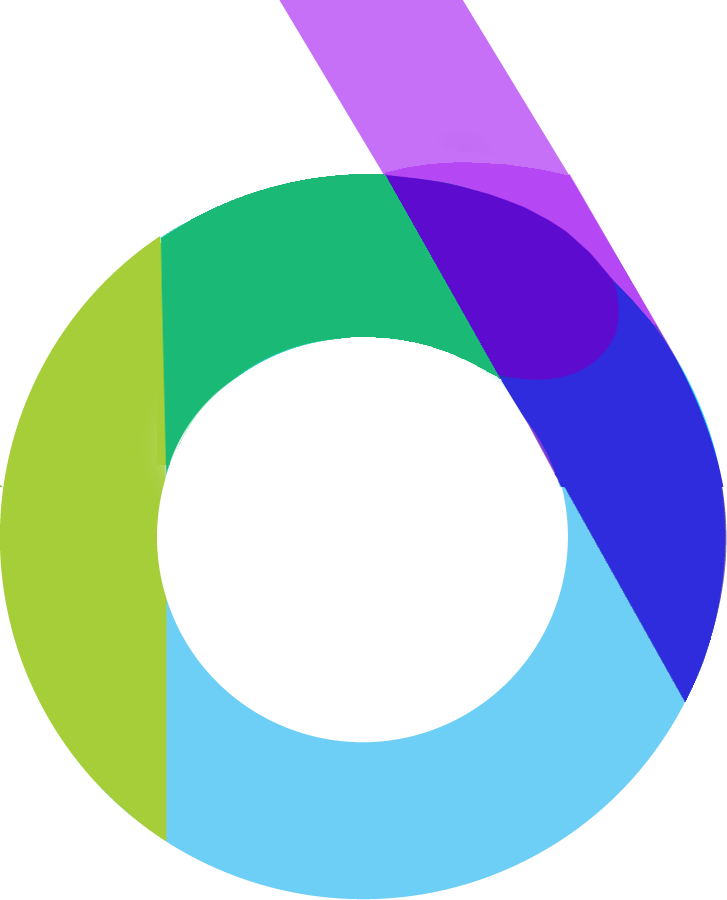blog

Posted On Wednesday, January 10, 2024
Author: Donna Watson (Technical Support Administrator)
Are designers still relevant when we have Canva accounts and AI at our fingertips? The CTO might be pondering, "Do we need designers?" and the eternal question of how to measure design's value may be echoing through the hallways.
Designers are grappling with a bout of "AI vertigo" these days. With the rise of generative technologies, ethical debates, and the wave of layoffs in 2022 and 2023, the product design community is doing a dance of reassessment. So, amidst the uncertainty, we find ourselves asking once again, "What is the true value of design(ers)?"
Feeling the shock of the Shopify layoffs in May 2023 served as a stark reminder of the fragility of our roles. The downsizing of UX teams, the looming threat of being replaced by generative tech, and economic uncertainties have left me, as a designer, feeling a tinge of redundancy and irrelevance.
Now, what exactly does it mean to be a UX designer?
Paola Antonelli's wisdom on the Better Design podcast provides a beacon: "The term design is very slippery, a bit like art [...] it's a coming together of goals and means." The essence lies in the amalgamation of goals and means, with the designer serving as the alchemist who transforms pixels, tools, and collaboration into a tangible manifestation of both form and function.
Remember, the 'X' in UX isn't about 'piXels' but the 'eXperience.' It's about understanding the dynamic nature of experience, where time, interaction, and progression come into play. UX, therefore, is about creating multifaceted user journeys delivered by diverse teams using various services, channels, and interfaces.
So, as we face a hypothetical CTO questioning the need for a team of designers, especially with tools automating user flows, how can we express the unique value designers bring beyond what automation can achieve? Let's embark on a journey to explore some fun and futuristic metaphors.
Imagine a world reminiscent of the 2013 movie "Her," where a character effortlessly composes love letters using only their voice. Much like this shift from point-and-click interactions to voice commands, designers are transitioning from pixel pushing to using prompts and algorithmic assistance. The era of "pushing pixels" is evolving into a realm where dialogue and delegation become key, emphasizing communication, vision, and understanding.
With generative tools becoming the norm, designers are moving away from creating individual artifacts. Instead, their focus shifts to selecting, assembling, and styling elements—an evolution from creators of forms to curators of experiences. Like a curator in a museum, designers now collect, edit, and moderate the holistic user experience, viewing the product not just as an interface but as a curated service.
Designers, in their role as bridges between creative ideas and usable solutions, can be likened to shamans guiding teams between the ordinary and supernatural realms. Creativity, often associated with dreaming and hallucinating, becomes the terrain where designers excel. Designers lead the charge in navigating the tension between pragmatism and idealism, offering a bridge to visionary creativity grounded in practical solutions.
Change is afoot, and it demands both adaptation and reflection. Letting go of certain technical skills and acknowledging the shift to smaller design teams may feel challenging. However, these changes also present opportunities for designers to step into leadership roles, fostering creativity, critical thinking, and guiding teams through this dynamic terrain.
As the design landscape evolves, let's embrace the adventure, explore these new metaphors, and find the unique magic that designers bring to the ever-changing world of AI and design.